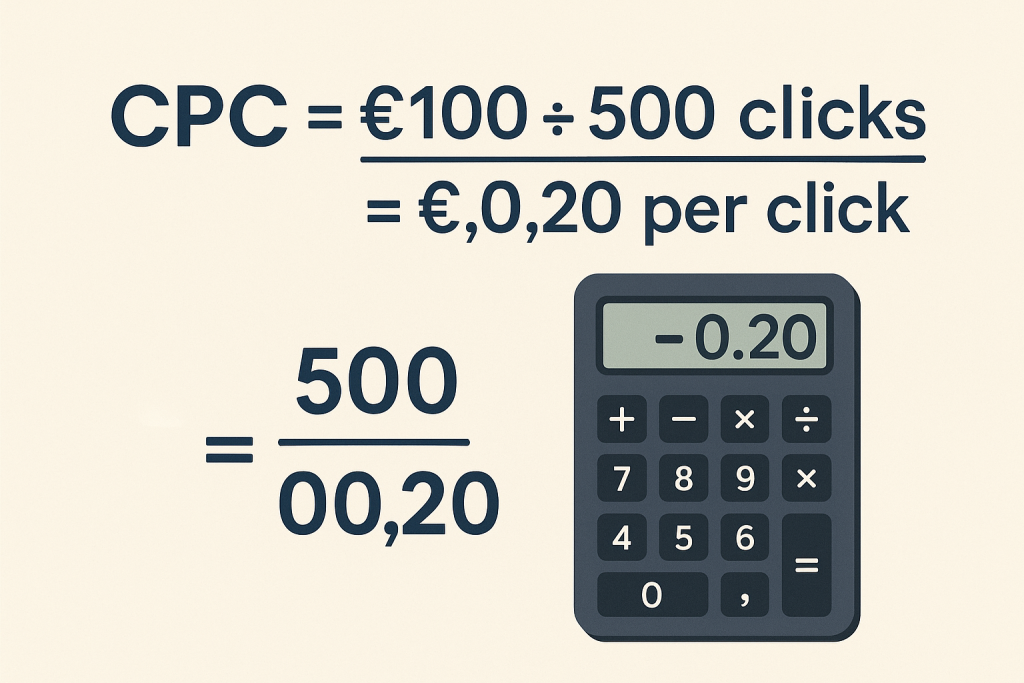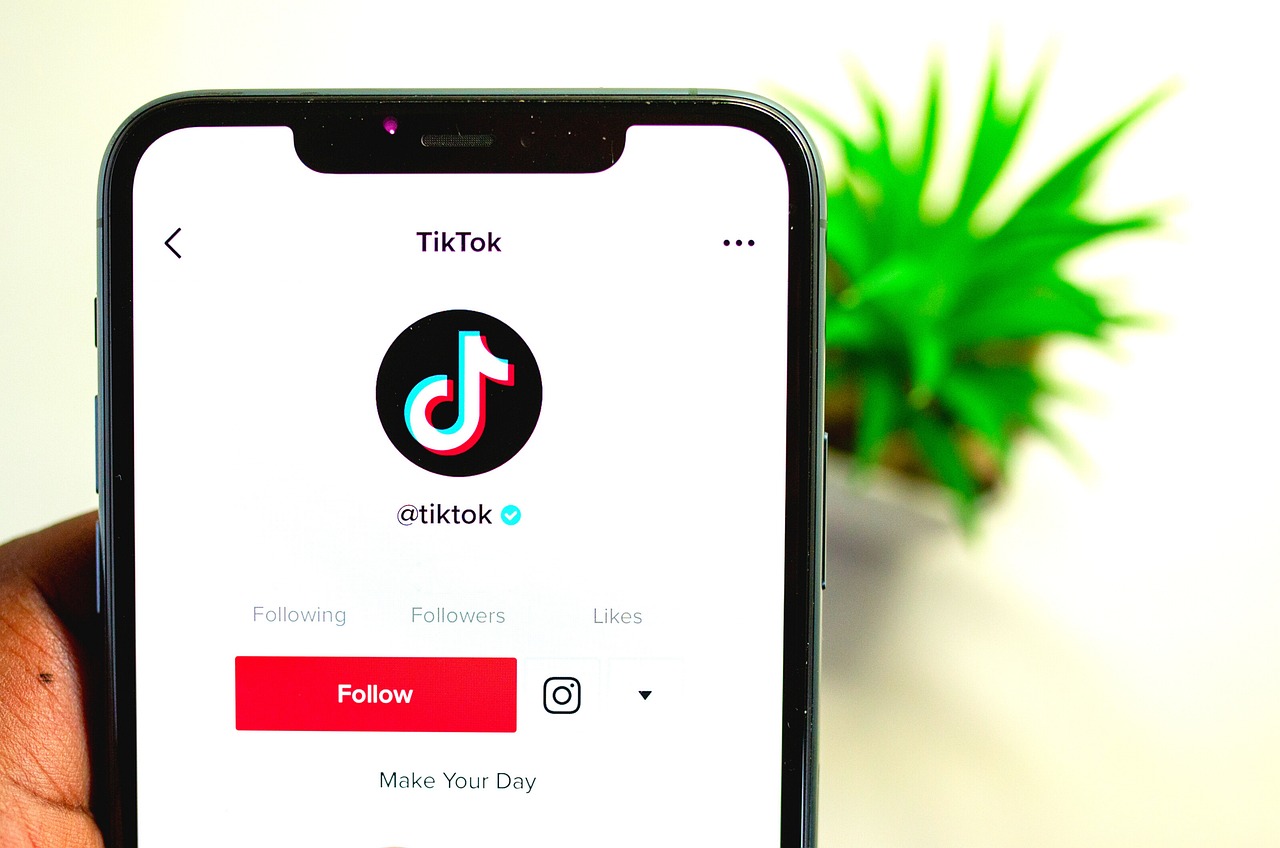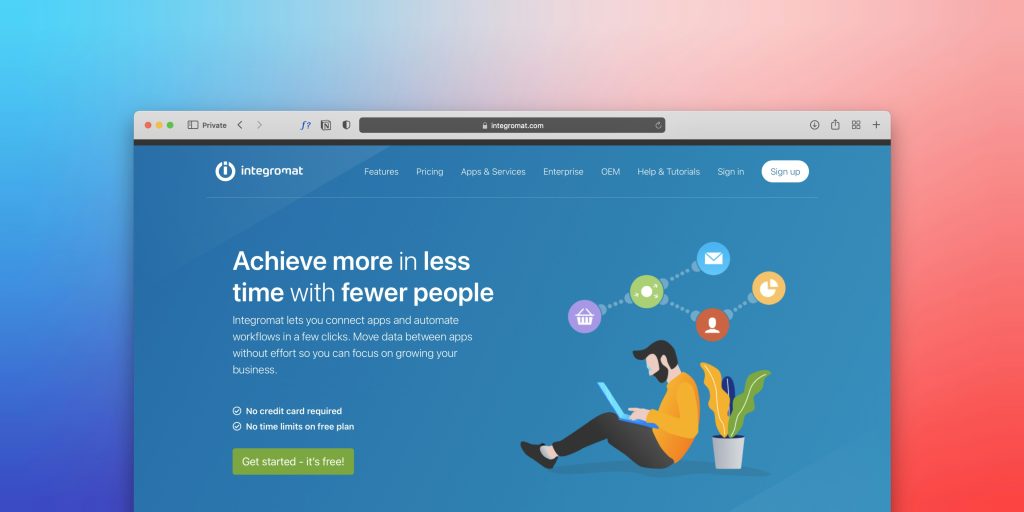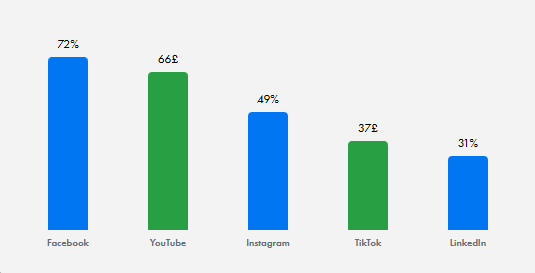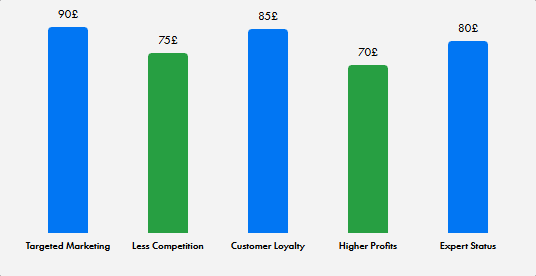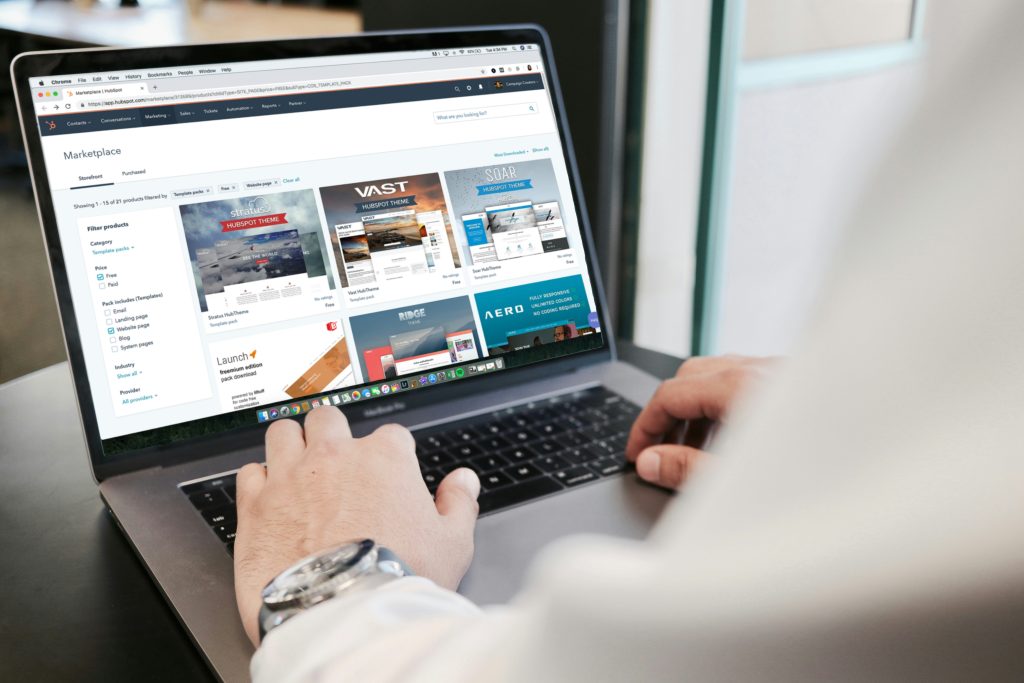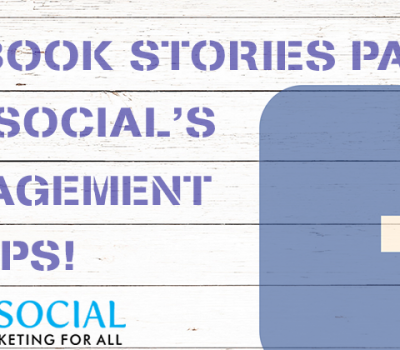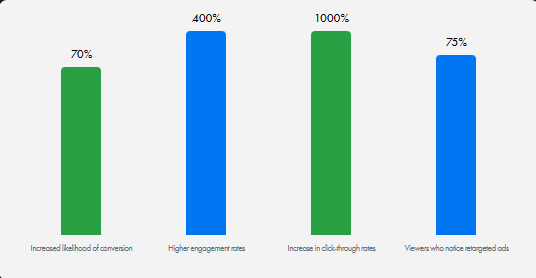Struggling to understand how dofollow and nofollow links affect your SEO? We’ve got you covered! In this guide, we break down the difference between dofollow and nofollow links and explain how each plays a crucial role in your website’s success. Whether you’re just starting your SEO journey or refining your strategy, learning about these links will help you rank higher on search engines and drive more relevant traffic.
Key Points:
- Dofollow links pass SEO value, boosting domain authority and search rankings.
- Nofollow links do not pass SEO value but play a crucial role in maintaining a natural backlink profile.
- Both types of links are important for a well-rounded SEO strategy.

What Are Dofollow Links?
Dofollow links are the default type of hyperlink found on most websites. These links pass on SEO value, also known as “link juice,” from the linking site to the target site. This transfer of authority helps search engines recognize and rank the linked page higher.
Dofollow links:
- Improve domain authority and search rankings.
- Are crawled and indexed by search engines.
- Pass on valuable SEO signals that boost your site’s visibility.
For a deeper understanding of how these links fit into broader SEO strategies, check out our blog on Boosting Rankings with Professional SEO Link Building Services.
What Are Nofollow Links?
Nofollow links include a special HTML attribute that tells search engines not to pass SEO value to the linked page. While nofollow links don’t directly improve your rankings, they still have value, such as helping drive traffic and maintaining a natural link profile.
These links are typically used when:
- Linking to user-generated content like blog comments.
- Displaying sponsored content or paid promotions.
- Referring to websites that may not be trustworthy.
To further explore the importance of managing SEO for different types of content, check out our Beginner’s Guide to SEO.
SEO Value: Dofollow vs Nofollow Links
The core difference between dofollow and nofollow links lies in their impact on SEO. Dofollow links contribute directly to improving your website’s authority and ranking, while nofollow links do not pass SEO value but are still critical for creating a balanced and authentic backlink profile.

Want to learn more about the benefits of professional link-building? Read our post on Link Building Services Explained.
How Dofollow Links Boost SEO
Dofollow links act as endorsements from one website to another. When a high-authority website links to yours, it passes valuable SEO juice, helping your site rank better in search results. For example, a link from a well-known publication or an educational website can be a game-changer for your SEO efforts.
But not all links are created equal – quality matters more than quantity. To improve your link-building strategy, aim for high-authority, relevant sources to pass dofollow links.
If you’re interested in how different types of links contribute to a successful SEO campaign, our Guide to SEO for Businesses covers it in more detail.
The Purpose of Nofollow Links
While nofollow links don’t pass SEO value, they are essential for linking to content where passing authority might not be suitable. For example:
- Paid links (sponsored posts, affiliate links).
- User-generated content (blog comments, forum posts).
- Untrusted or low-quality websites.
Using nofollow links helps protect your site from potentially harmful or irrelevant backlinks while ensuring that your backlink profile remains natural.
For more insights on managing SEO across different types of content, check out The Ultimate Guide to On-Page SEO Practices and Strategies.
How Search Engines Treat Each Type of Link
Search engines treat dofollow and nofollow links differently. Dofollow links are crawled, indexed, and counted towards your website’s ranking, while nofollow links do not contribute to ranking metrics. However, nofollow links can still be crawled by search engines, helping them discover new content even if the authority isn’t passed on.
Curious about how search engines process links and other factors? Dive deeper with our post on How Search Engines Work.
The Importance of Anchor Text in Dofollow vs Nofollow Links
Whether you’re using dofollow or nofollow links, the anchor text (the clickable text in a hyperlink) plays a crucial role in your SEO strategy. For dofollow links, using relevant and descriptive anchor text can boost the SEO value transferred to the linked page. It helps search engines understand the context and relevance of the link.
For nofollow links, while they don’t pass SEO value, they still provide context for users and search engines alike. The right anchor text can make your nofollow links more engaging, encouraging users to click through and visit the target page, boosting traffic.
Why You Need Both Dofollow and Nofollow Links
For a successful SEO strategy, it’s essential to have a mix of dofollow and nofollow links. Dofollow links build your site’s authority, while nofollow links keep your backlink profile looking natural and diverse. A healthy combination ensures you don’t appear to be manipulating search rankings, which could lead to penalties.
Balancing both link types is crucial for creating a sustainable SEO approach.
How to Analyse Your Backlink Profile
A key element of successful SEO is regularly reviewing your backlink profile to ensure you have a healthy mix of both dofollow and nofollow links. This analysis helps you spot any toxic links that could harm your site’s authority, and identify opportunities to earn high-quality dofollow links.
Using tools like Google Search Console, you can easily monitor which sites are linking to yours, the types of links they’re using, and the overall diversity of your backlinks. Aim to have a natural, balanced profile that includes nofollow links for paid or untrusted content and dofollow links for high-quality, relevant sources.
Best Practices
Using Dofollow Links
When incorporating dofollow links, focus on quality over quantity. Securing links from reputable, high-authority sites will significantly boost your rankings compared to numerous low-quality links.
For businesses, using dofollow links in white-label SEO services can be an effective way to scale your SEO. Learn more in our Guide to Selecting the Best White-Label SEO Services.
Using Nofollow Links
Nofollow links are perfect for linking to sponsored content, affiliate links, and user-generated content. Be sure to apply the rel=”nofollow” tag when linking to these types of content to protect your site’s authority.
Interested in understanding more about content strategies that prevent SEO issues? Take a look at our post on SEO and Stop Words.
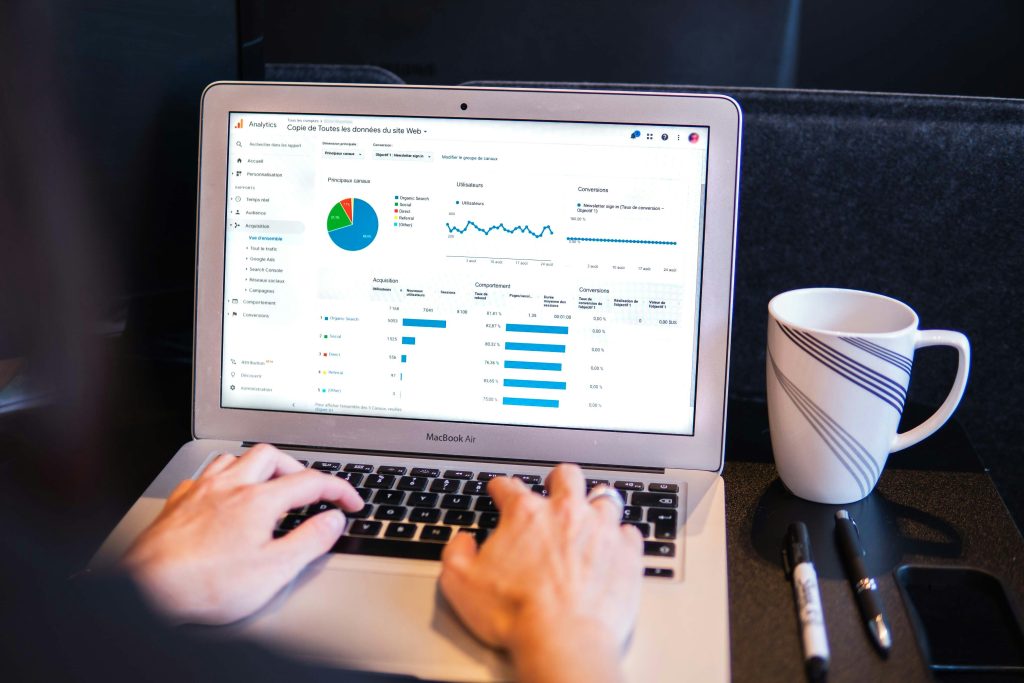
When to Use Dofollow and Nofollow Links
Here’s a quick rule of thumb:
- Use dofollow links for valuable, editorially earned backlinks that contribute to SEO.
- Use nofollow links for paid links, user-generated content, or any content where you don’t want to pass authority.
The Difference Between Nofollow and Dofollow Links for Paid Content
In the world of digital marketing, sponsored posts and paid content are common. It’s important to know what the difference between a dofollow and nofollow link is when linking to these types of content. In most cases, you’ll want to use a nofollow link for sponsored content to avoid passing link equity and signalling to search engines that you’re manipulating rankings.
By using nofollow links for paid content, you maintain the integrity of your site’s SEO. For example, when running a sponsored post, adding the rel=”nofollow” tag ensures your site stays within Google’s guidelines while still benefiting from the exposure and referral traffic these links bring.
Need more insights on SEO for content creators and businesses? Our Ultimate Guide to On-Page SEO Practices and Strategies covers this topic in detail.
How Dofollow vs Nofollow Links Affect E-Commerce SEO
For e-commerce websites, having a well-balanced mix of dofollow and nofollow links is critical for long-term SEO success. High-quality dofollow links from trusted industry blogs or product reviews can boost your site’s authority, helping your product pages rank higher in search results. On the other hand, using nofollow links for affiliate partnerships or user-generated content can protect your domain from passing unnecessary link equity while still driving traffic.
Understanding the difference between nofollow and dofollow links is especially important in the competitive e-commerce space. A healthy link profile that includes both link types ensures that your site avoids penalties while capitalising on every opportunity to rank higher and attract more customers.
For more on building a smart SEO strategy, check out our guide on Unlocking the Power of SEO for eCommerce.

Final Thoughts: Balancing Dofollow and Nofollow Links for SEO Success
Understanding the difference between dofollow and nofollow links is crucial for a well-rounded SEO strategy. While dofollow links are essential for improving domain authority and rankings, nofollow links play an important role in maintaining a natural backlink profile. By using both types strategically, you can build a solid foundation for long-term SEO success.
FAQs
What is the difference between a dofollow and nofollow link?
Dofollow links pass SEO value, helping to boost your rankings, while nofollow links do not.
Can nofollow links still drive traffic?
Yes, nofollow links can generate referral traffic, which can indirectly boost SEO through user engagement.
Should I focus only on dofollow links?
No, a healthy SEO strategy includes both dofollow and nofollow links to maintain balance and authenticity.
Do search engines follow nofollow links?
Search engines may still crawl nofollow links but won’t use them to influence rankings.







